How To Know If A House Has Cameras?
In today's world, privacy is a significant concern for many individuals, especially when it comes to their living spaces. With the increasing affordability and accessibility of surveillance technology, hidden cameras in homes have become a real possibility. Whether you're moving into a new house, renting a vacation property, or simply want to ensure your current home is free from prying eyes, knowing how to detect hidden cameras is crucial. This article will guide you through practical steps to determine if a house has cameras, ensuring your privacy and peace of mind.
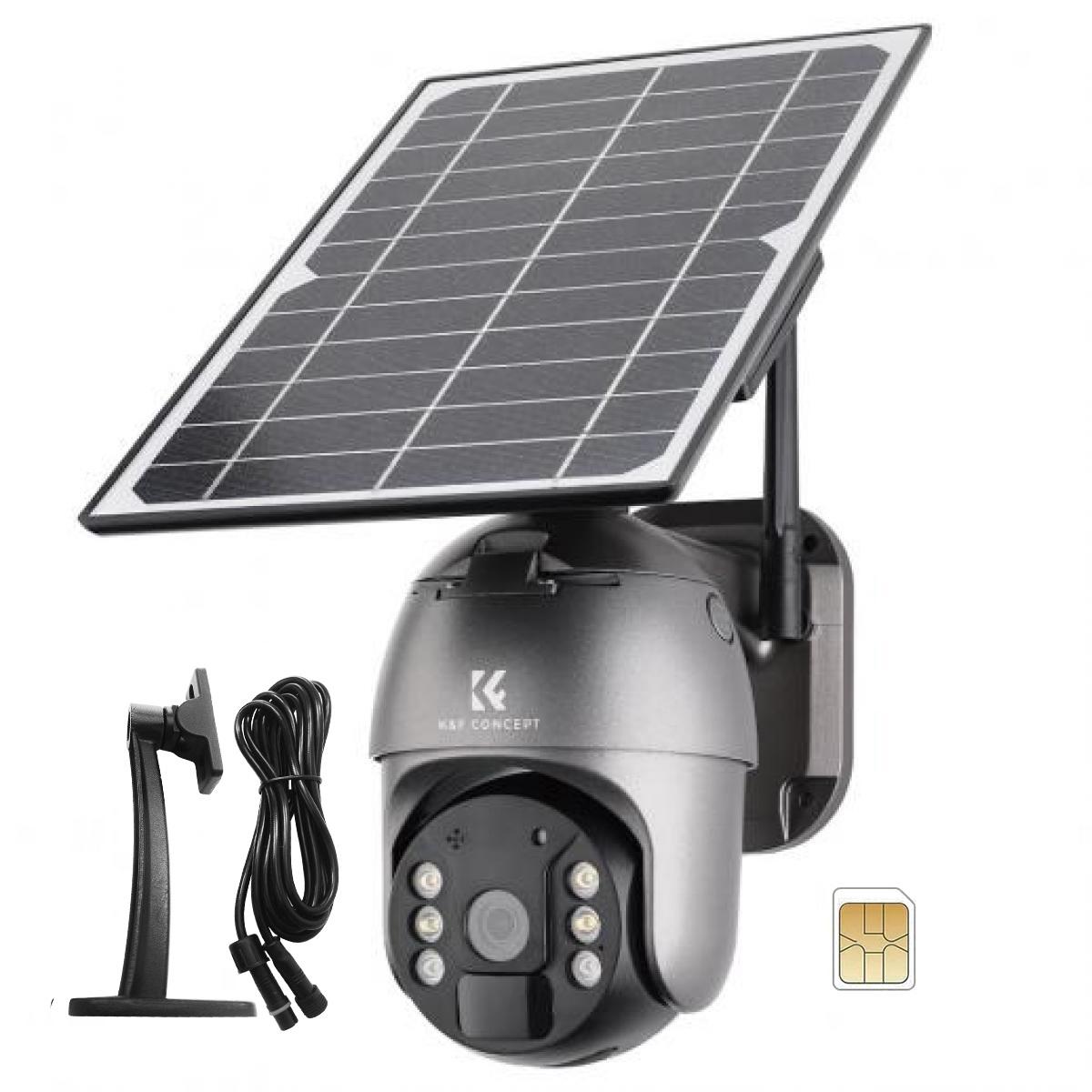
Understanding the Need for Surveillance Detection
Before diving into the methods of detecting hidden cameras, it's essential to understand why someone might want to install them. While security is a legitimate reason, there are instances where cameras are used for less ethical purposes, such as spying on tenants or guests. Recognizing the potential for misuse underscores the importance of being vigilant about surveillance in your living space.
Visual Inspection
The first and most straightforward method to detect hidden cameras is a thorough visual inspection. Cameras, even when hidden, often have telltale signs that can be spotted with a keen eye.
1. Check Common Hiding Spots: Cameras are often placed in areas where they can capture the most activity. Inspect smoke detectors, air purifiers, wall clocks, picture frames, and other household items that could conceal a camera lens.
2. Look for Unusual Objects: Be on the lookout for objects that seem out of place or have an unusual design. For instance, a clock with a lens or a USB charger that looks bulkier than usual could be a hidden camera.
3. Inspect Light Fixtures and Electronics: Light fixtures, power outlets, and electronic devices are common places to hide cameras. Check for any modifications or additions that seem suspicious.
Use of Technology
While a visual inspection is a good start, technology can significantly enhance your ability to detect hidden cameras.
1. Flashlight Method: Turn off the lights in the room and use a flashlight to scan the area. Camera lenses often reflect light, making them easier to spot in the dark. Slowly move the flashlight around and look for any small, bright reflections.
2. Smartphone Camera: Some hidden cameras emit infrared (IR) light, which is invisible to the naked eye but can be detected by a smartphone camera. Turn off the lights and use your phone's camera to scan the room. If you see any bright spots on your screen, it could be an IR light from a hidden camera.
3. RF Detectors: Radio Frequency (RF) detectors can help locate wireless cameras by detecting the signals they emit. These devices are relatively affordable and can be used to scan the room for any transmitting devices.
4. Network Scanners: If you suspect a camera is connected to the Wi-Fi network, use a network scanner app to see all devices connected to the network. Look for any unfamiliar devices that could be cameras.
Professional Help
If you're still unsure or want to be extra cautious, consider hiring a professional to conduct a thorough sweep of the house. Professionals have specialized equipment and expertise that can detect even the most well-hidden cameras.
Legal and Ethical Considerations
It's important to note that while detecting hidden cameras is crucial for your privacy, there are legal and ethical considerations to keep in mind. In many jurisdictions, it's illegal to install hidden cameras in private areas without consent. If you find a hidden camera, document its location and contact the authorities to handle the situation appropriately.
Practical Tips for Ensuring Privacy
In addition to detecting hidden cameras, there are several proactive steps you can take to ensure your privacy in a new or unfamiliar home.
1. Cover or Disable Cameras: If you find any cameras, cover them with tape or disable them if possible. This is a temporary measure until you can address the situation more permanently.
2. Use Privacy Tools: Consider using privacy tools such as camera covers for your devices, and ensure that any smart home devices you use are secure and have their cameras disabled when not in use.
3. Regular Inspections: Make it a habit to regularly inspect your living space for any new or suspicious objects. This is especially important if you frequently have guests or service personnel in your home.
4. Secure Your Network: Ensure your Wi-Fi network is secure with a strong password and regularly check for any unauthorized devices connected to it.
In an age where surveillance technology is becoming increasingly prevalent, being able to detect hidden cameras in your home is a valuable skill. By conducting thorough visual inspections, utilizing technology, and considering professional help, you can ensure your living space remains private and secure. Remember to stay vigilant and proactive in protecting your privacy, and don't hesitate to take action if you suspect any unauthorized surveillance. Your peace of mind and security are worth the effort.




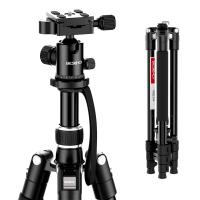

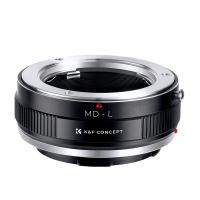
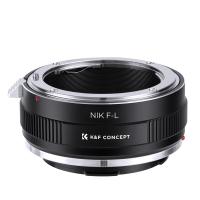

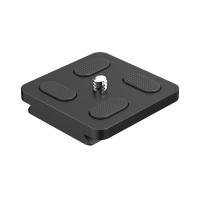


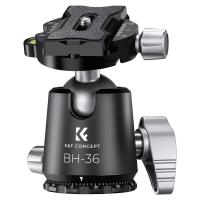
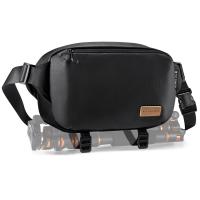

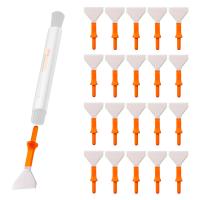

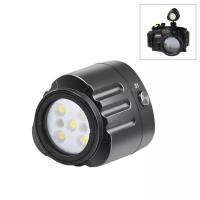
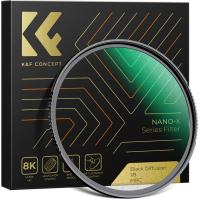



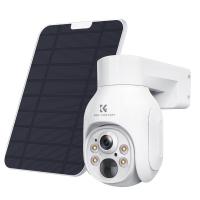
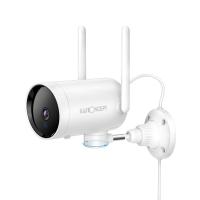
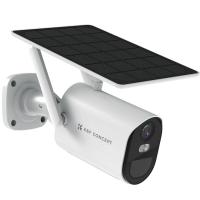

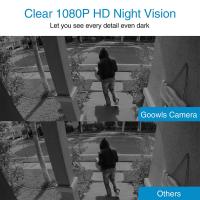
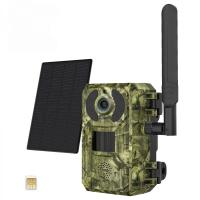


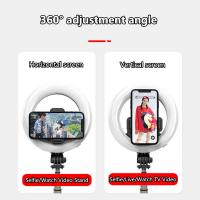
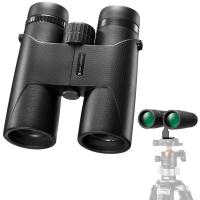

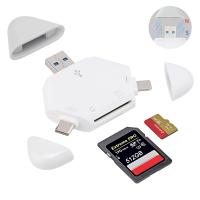
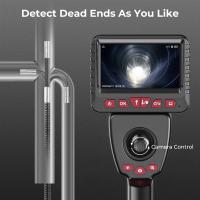



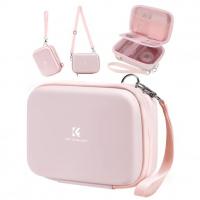
There are no comments for this blog.